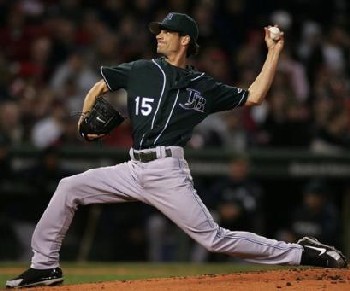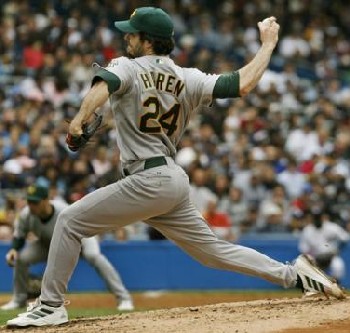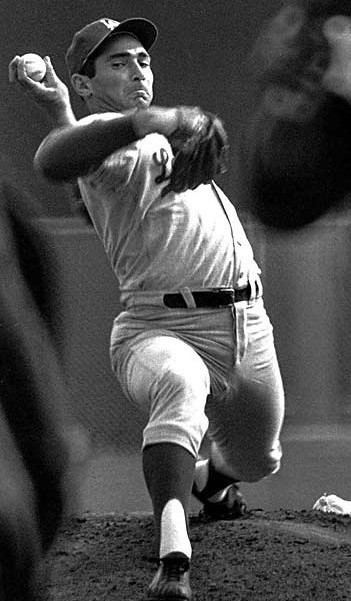quote:
Originally posted by Chameleon:
There is no single worse person to listen to about throwing on the internet than thepainguy. He is obsessed with injury prevention. No one he ever works with will reach their potential. Risk v Reward.
Let's make a few things clear.
First, don't try to tar me with the Mike Marshall brush. While I think Mike Marshall's ideas are interesting (he does have a PhD and a Cy Young, which in my book means he deserves my respect), I do not currently advocate his arm action. I am not convinced that Greg Maddux's arm action isn't the way to go.
Second, I am concerned about injury prevention because I have experienced pitching-related problems personally. For one thing, I screwed up my arm due to poor mechanics. Also, the only injury one of my pitchers has experienced occurred before I knew what I was doing. He was a 10 YO who was accidentally throwing a slider. He experienced medial elbow pain after throwing just one inning.
Third, if I know so little about pitching, then why is my select team 5-0 and my rec league team 4-3? Why do we routinely beat teams that have pitchers who throw harder? The answer is that I teach my guys how to pitch. I teach them to keep the ball down, I teach them to hit their spots, and I teach them to change speeds.
Here's an offer. I believe you live in St. Louis, so why not come and see one of my 12U games? My son will pitch Monday and Saturday of next week. What you will see is a kid who typically throws at 80 percent of his maximum but who gets guys out because he has a nasty sinker and also throws a circle change, a screwball, a pronation curve, and a hard 4-Seamer. You can also see one of my other pitchers who throws in the neighborhood of 60 MPH, but who does so with mechanics that are safe.

















